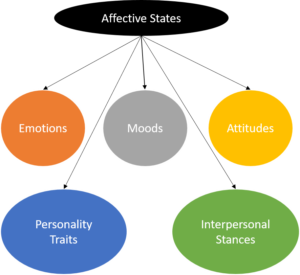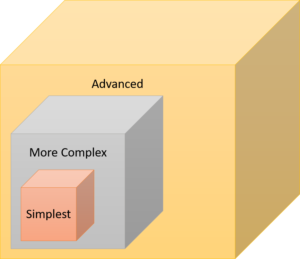What is Sentiment Analysis?
Contents
What is Sentiment Analysis?
Sentiment Analysis is important to identified whether something is good or bad. As humans we measure how things are good or bad, positive or negative using our intellectual abilities. With the growth of the technology , researches identified that computers can also be trained to perform thinking tasks by training them using data. Whereas, the sentiment analysis is also can be done using computer programs. But how? Let me explain you more using an example.
When we buy a product from the internet we are encouraged to give a review. And we tend to give our honest opinion on products we bought and actually use. These reviews can be analyzed by the computer using trained set of words. If there is a reviews such as “ this product was really easy to install” then the sentiment analysis will identify is as “ ease of use” positive comment of the product. Moreover, if there is a reviews as “ I expected more support from the team” then it will show the result as “ customer support” negative. These positive negative analysis is done using a set of word which we defined or which already have been defined.
Not only product and services, sentimental analysis can be done for customers too. To identify their confident levels. We can use twitter tweets, Facebook posts to identify public opinions. And these twitter data are also use to predict stock market. Happy, calm, anxiety, sad any of the emotions can be identified using algorithms. These data are very useful decision making process in companies, economics etc.
Other names for Sentiment Analysis
- Subjective analysis
- Opinion mining
- Opinion extraction
- Sentiment mining
Why do we use Sentiment Analysis?
As we explained earlier, Sentiment Analysis can be used in many way. Here are some examples why we use sentiment analysis to get results.
- Entertainment review : is this movie good to watch with kids?
- Product review : what do consumers think about the new iPhone release?
- Public sentiments: do the consumers feel good about purchasing this product? Their confidence level?
- Politics : Who will be the next candidate ? Who has the highest votes in the election?
- Prediction: Who will win the presidential election? How will the stock market behave in the next few days?
What are affective states?
There are 5 types of effective states we can identify in a person. Emotions, mood, interpersonal stances, attitudes, and personality traits.
As emotions we can identify anger, joy, fearful, ashamed, proud etc. This is basically an evaluation of an major event or an action. So if you see a ghost you will be fearful. It is an emotion. A diffuse low-intensity long duration change in a certain subject can be identify as a Mood. Cheerful, gloomy, irritable, depressed are some examples. And an affective stance for another person in an interaction is an interpersonal stance. Friendly, flirtatious, cold, warm, supportive, lovable are good examples to show interpersonal stances. An Attitude is an opinion towards an object or a person such as Liking, loving, hating etc. furthermore, nervous, anxious, jealous are some examples for personal traits. These are measured as stable personality and typical behavior tendencies.
What type is a Sentiment Analysis?
As we discussed the affective states earlier, the sentiment analysis is the detection of Attitudes. Identifying disposition or an opinion for an object or a person is what we called a sentiment analysis.
There are main considerations we need to focus when we sentiment analysis.
- Holder of the attitude or the Source
- This is known as the person who gives the opinion
- Target of the attitude or the Aspect
- This is the object or the person which the source has the opinion on
- Type of the attitude
- There are two types of attitudes. It can be from the set of types such as love, hate, like or a weighted polarity such as positive, negative or neutral with strengths
- Text which includes the attitude
- This is the sentence or the document which the person has given as the opinion
Starting with sentiment analysis
Now we have identified what is actually a sentiment analysis is. And now we will identify the tasks which involves this action. We can divide this into 3 task. Simplest, more complex and advance.
As the simplest task of a sentiment analysis, it is considered as identifying a text as positive negative or neutral. For an example “I like this product” can identify as a positive comment. And “ I hate how this product sounds” is considered as a negative sentiment. The words we use to identify the sentiments are like and hate. So we need to define a set of words which we can categorize them in to positive, neutral or negative as above.
As for the more complex task, we can rate the attitude we identified from I to 5. Or high to low. If a person comment “ I absolutely loved this product” we can categorized in to the positive state and rate is as a high which is a 5. “ I liked this product” can be categorized to a positive and can be rated as a 1. And “I loved this product” can be rated as a positive 3. This categorization will be depending upon the system and the need. Whereas, we can categorize the negative comments from 1 to 5 too. But remember neutral comments cannot be rated.
And for the advanced sentiment analysis we can detect the target of the analysis, the source or complex attitude types as per the need of the system. If we need a high complex and a decision making system we can advance the analysis to detect these too.
Conclusion
In this article we got an idea on what is sentiment analysis is, why do we need a sentiment analysis, the other names we can use for this, how can we do a sentiment analysis and the types of affected states. I hope this article provided a base to gain more knowledge in sentiment analysis to you.


